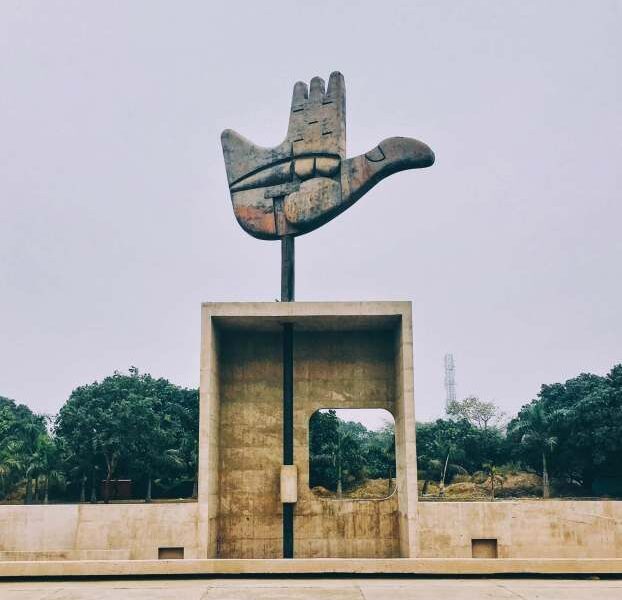Jews in our diverse Jewish community celebrate a wide range of Jewish rites and mourning customs, some dating back thousands of years and others more recent in origin (see here for some newer rituals). Observances can differ from location to location and from family to family. It is not our purpose to tell someone what they should or should not do. Rather, we hope that sharing information about Jewish rites and traditions can aid you in your grief at the loss of a loved one. A rabbi or cantor can assist you in learning more as you pick which ceremonies and customs to follow.
Aninut refers to the time between death and burial.
Many blessings are said throughout Jewish life. When learning of a death, the traditional benediction is Baruch Ata Adonai, Eloheinu Melech HaOlam, Dayan HaEmet. God bless you, King of the Universe, and True Judge. This recitation is our first step in recognizing the person’s death. This prayer is sometimes read at the outset of a funeral.
One of the most important mitzvot in Judaism is to honor, respect, and care for a deceased person (commandments). It is a Jewish custom to bury the deceased as soon as possible to offer comfort to their soul and hasten the person’s passage to the Next World. It also facilitates the mourning process.
Shiva, which means “seven” in Hebrew, is the week of sorrow that follows a funeral.
Shiva is traditionally observed for seven days, with a break for Shabbat (the Sabbath, from sundown Friday until nightfall Saturday). Some mourners prefer to keep shiva for a shorter period. Shiva may be cut short due to the start of various Jewish holidays. A rabbi or cantor can advise you on how many days to sit shiva and when to invite members of the community to visit and offer condolences.
When families live in various communities, they can opt to sit shiva together at the same site, alternate locations, or sit shiva separately in their communities.
Families may also opt to schedule shiva via a video conferencing platform such as Zoom or GoogleMeet to be comforted by family and friends who cannot be present in person.
When mourners return from the cemetery, they are frequently served a meal. The lunch frequently includes spherical foods like bagels or buns, as well as hard-boiled eggs. These foods represent the life cycle. The dinner is usually provided by someone other than the mourners.
On the first day of shiva, it is usual to set a pitcher of water, a bowl, and towels outside the door of the house for ritual hand washing for people returning from the cemetery.
Shloshim, which means “thirty” in Hebrew, is the first month of mourning after a funeral.
Following shiva, mourners usually resume some of their regular daily activities, although they should avoid attending parties, listening to live music, or indulging in other types of public entertainment. Mourners may continue to say kaddish daily. Some synagogues are already hosting services via Zoom or webcast; mourners who cannot attend in person may desire to participate online to say kaddish.
The customary formal mourning time for a bereaved spouse, parent, or sibling finishes with the conclusion of shloshim. Those who are mourning the death of a parent are expected to continue repeating.
Some mourners commemorate the conclusion of shloshim with a special service or event in which they or family members talk about the departed. In addition, if a public memorial service is to be held, it may be done after shloshim. The memorial ceremony may feature speakers, music, or poetry that were not included in the funeral service.
Yahrzeit is the yearly commemoration of the death of a loved one.
Traditionally observed on the date of death on the Hebrew calendar, some people believe that observing the yahrzeit on the anniversary of the date of death on the Gregorian calendar is more significant. In memory of the deceased, a 24-hour yahrzeit candle is traditionally lit. While no blessing is spoken when this candle is lit, you may like to read a poem, share a song, or lay a photo of your loved one near the candle. Mourners can mark the yahrzeit by attending synagogue services, either in person or online, and reciting the Mourner’s Kaddish. Some people also devote additional study time and perform acts of kindness in memory of the departed. Visiting the deceased’s grave at or near this time may provide you comfort; if you do not want to go alone, ask a friend or other family member to accompany you.
Yizkor
Special yizkor (memorial) prayers for deceased relatives are recited as part of the synagogue service on the last day of Passover, Shavuot, and Sukkot, as well as Yom Kippur. During these occasions, many Jews attend synagogue services to recite the yizkor prayers. On these days, a special 24-hour candle is also lit without a blessing. Some families burn one candle for each loved deceased family member, while others light one candle for everyone.


